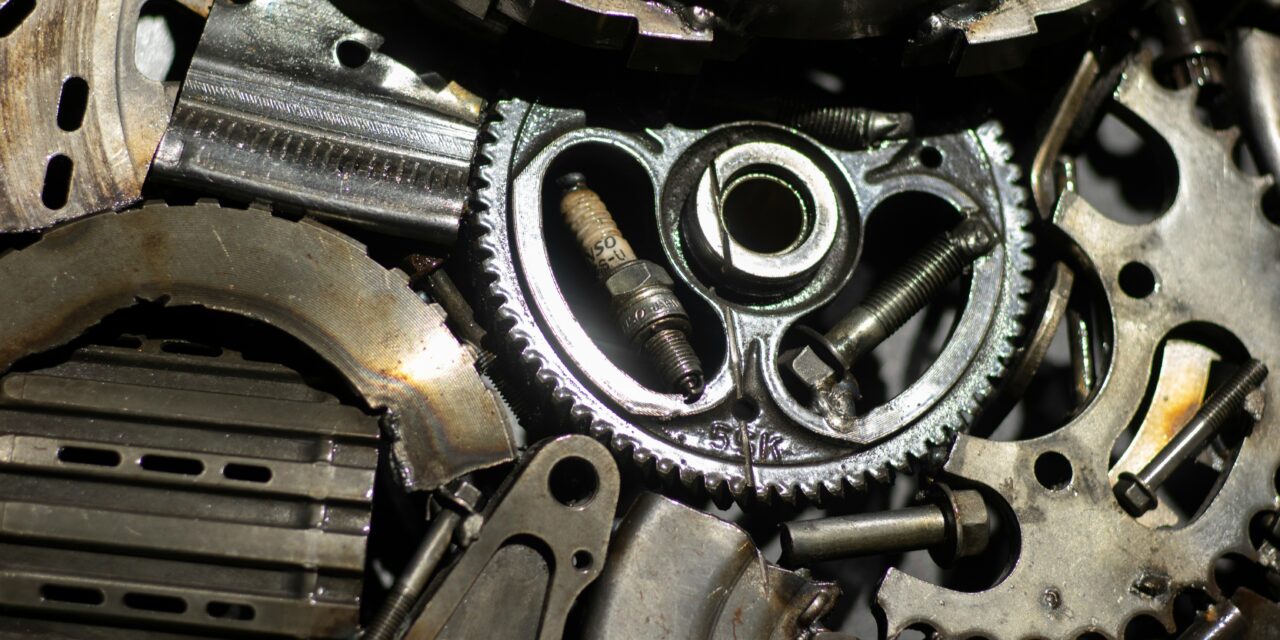Electric motors fail more often than they should. Sometimes, it is not the motor’s fault. The real issue lies deep within—where current leaks through the bearings. That is where insulated bearings step in. They act like a shield that stops harmful electrical currents from passing through. If you run motors often, this small change of adding insulated bearings can save big money.
Let us understand why these highly efficient, insulated bearings matter so much.
Why Do Motors Fail So Quickly?
Motors work hard, especially in factories or large machines. But electrical currents do not always behave. Some find shortcuts and pass through the bearing. When that happens, the metal surfaces inside wear out faster. The damage grows with time. The motor begins to make noise. You feel extra heat. And before long, the motor stops working.
You might think oiling the motor more often helps. But no, the damage happens from inside—because of the current. And that is not something grease can fix.
How Insulated Bearings Solve the Problem
Insulated bearings stop the current from entering the bearing. They use ceramic or other materials as a coating. That makes them non-conductive. The electricity flows around them—not through them. This protects the bearing from damage and keeps the motor running longer.
You will not hear early failure noises. You will not see uneven wear. Your team will not need to stop production suddenly. These bearings make life easier for both your machines and your people.
Are Insulated Bearings Worth the Investment?
Yes, they cost more than regular bearings. But think of the long-term benefits. You save money on repairs. You avoid production delays. You reduce energy waste. And you extend the life of your equipment.
If your motors face frequent downtimes, high-efficiency bearings like these are worth considering. In fact, many industries have already switched. Sectors like manufacturing, HVAC, rail, and even wind turbines use insulated bearings today.
What Should You Do Next?
Check your current motor setup. If you see early bearing wear or hear strange noises, act fast. Talk to your technician or supplier about upgrading to insulated bearings. Match the size and type to your motor’s needs. Do not delay until the next breakdown.
Final Thoughts
Insulated bearings are not just parts—they are protection. They save you from frequent motor failures. They reduce your maintenance bills. And they give you peace of mind. If you want your systems to run smoother, it is time to give insulated bearings a serious look.







Recent Comments